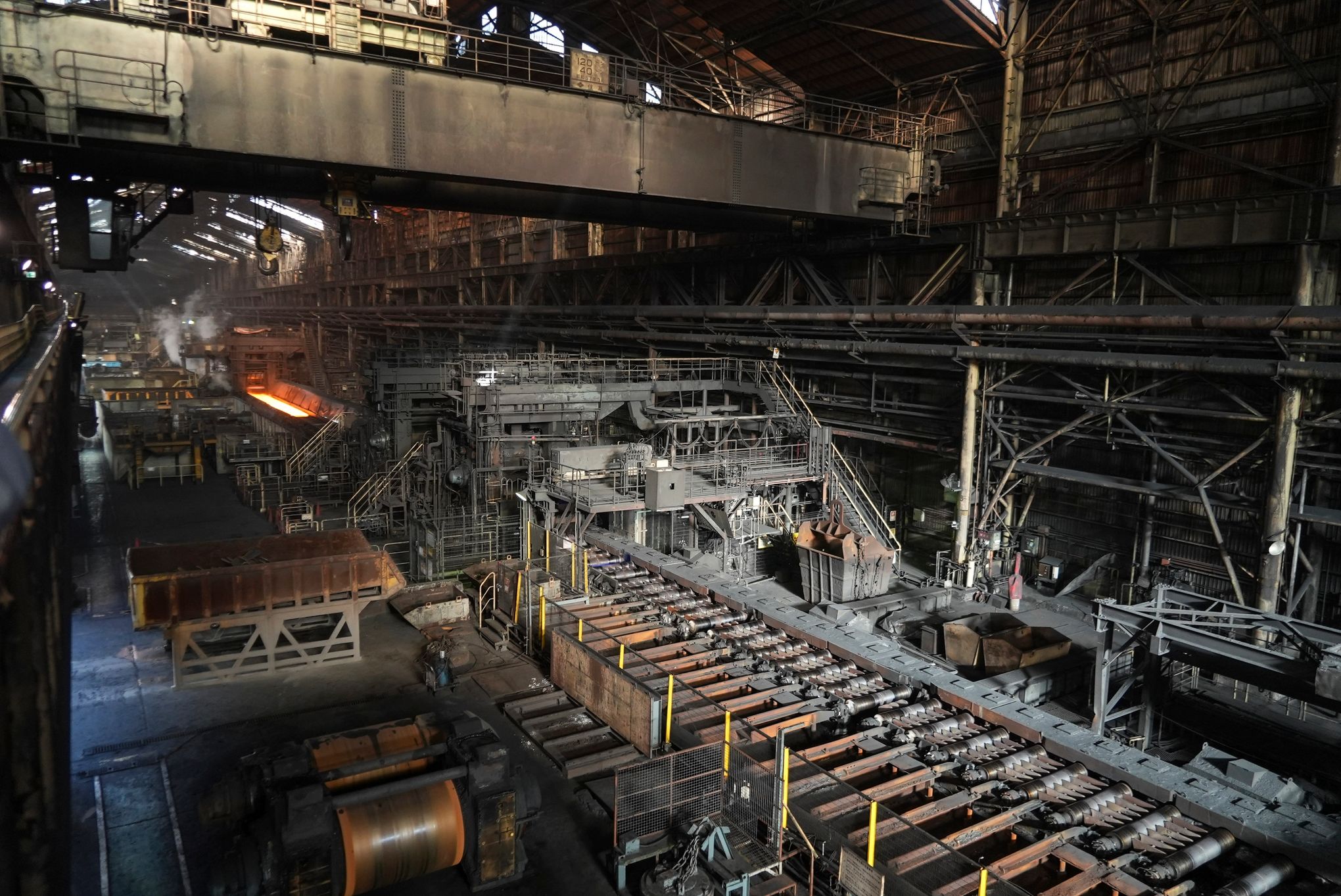
Earnings Per Share (EPS) of $0.748, surpassing estimates and indicating higher profitability.
Revenue Growth to $14.28 billion, exceeding expectations and showcasing strong market demand.
Valuation Ratios suggest potential undervaluation and attractive investment opportunities.
Nippon Steel, trading under the symbol NPSCY on the PNK exchange, is a major player in the global steel industry. The company is known for its extensive operations in steel production and manufacturing. It competes with other industry giants like U.S. Steel and Cleveland-Cliffs. Recently, NPSCY reported impressive financial results, showcasing its strong market position.
On February 6, 2025, NPSCY reported earnings per share of $0.748, surpassing the estimated $0.542. This indicates the company’s ability to generate higher profits than expected. Additionally, NPSCY achieved a revenue of approximately $14.28 billion, exceeding the estimated $13.79 billion. This revenue growth highlights the company’s strong operational performance and market demand for its products.
NPSCY’s financial metrics further illustrate its market standing. With a price-to-earnings (P/E) ratio of approximately 2.14, the company is valued relatively low compared to its earnings, suggesting potential undervaluation. The price-to-sales ratio of about 0.38 indicates that the market values its sales modestly. These figures suggest that NPSCY might offer attractive investment opportunities.
The company’s enterprise value to sales ratio is 0.66, slightly higher than its sales, reflecting its market valuation. The enterprise value to operating cash flow ratio of around 7.29 shows NPSCY’s ability to generate cash flow relative to its enterprise value. An earnings yield of approximately 46.79% indicates potentially attractive returns for investors, making NPSCY a compelling choice for those seeking high returns.
NPSCY maintains a debt-to-equity ratio of 0.62, indicating a moderate level of debt compared to equity. This suggests a balanced approach to financing its operations. The current ratio of 1.87 demonstrates that the company has a good level of liquidity to cover its short-term liabilities, ensuring financial stability.

